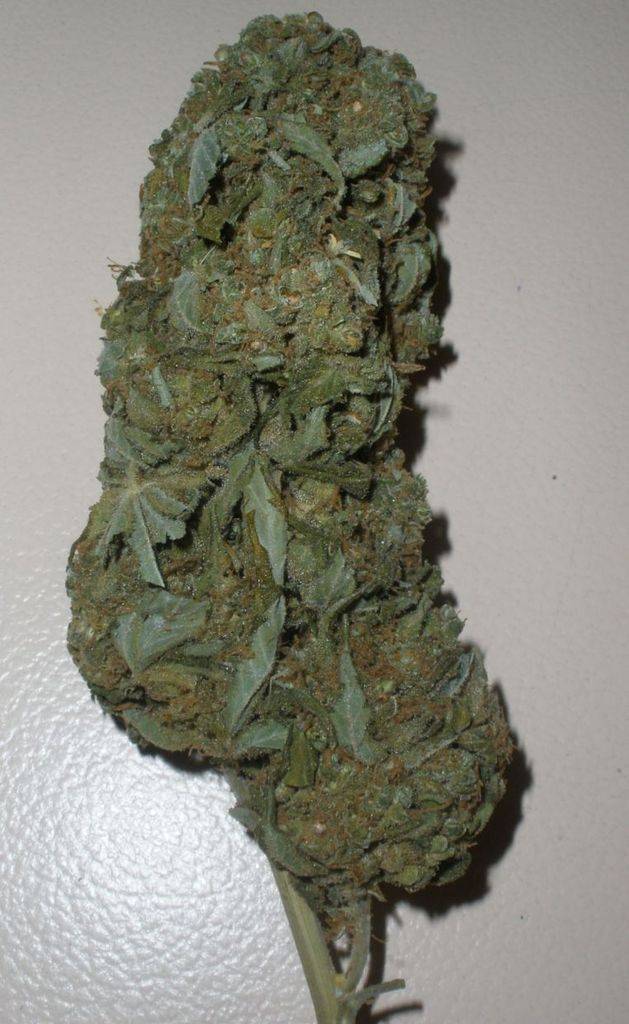Hey There Fellow IC'er's,
I Have a Question for All IC mag Members, Although i think this one is for Breeders as they are more likely to have experience with different types of weird anomylies!
My Question is this!
Q: Can Cannabis (The Plant) Produce Phantom Male Flowers that never produce Pollen.?- or Strerile Male Pollen Sacks?
I have seen Phantom Seeds & fake/false seed pods myself and i'm sure i have read that Cannabis can also produce sterile male Pollen Sacks, is this True and has anyone on ICmag ever heard of or experienced this unusual anomylie?
Thanks in advance for your time People!
Peace & Respect...Scroger'
Sorry Mods i was'nt sure where to place this thread, please feel free to move it to the correct place, im sure you guys will! Thanks
I Have a Question for All IC mag Members, Although i think this one is for Breeders as they are more likely to have experience with different types of weird anomylies!
My Question is this!
Q: Can Cannabis (The Plant) Produce Phantom Male Flowers that never produce Pollen.?- or Strerile Male Pollen Sacks?
I have seen Phantom Seeds & fake/false seed pods myself and i'm sure i have read that Cannabis can also produce sterile male Pollen Sacks, is this True and has anyone on ICmag ever heard of or experienced this unusual anomylie?
Thanks in advance for your time People!
Peace & Respect...Scroger'
Sorry Mods i was'nt sure where to place this thread, please feel free to move it to the correct place, im sure you guys will! Thanks




